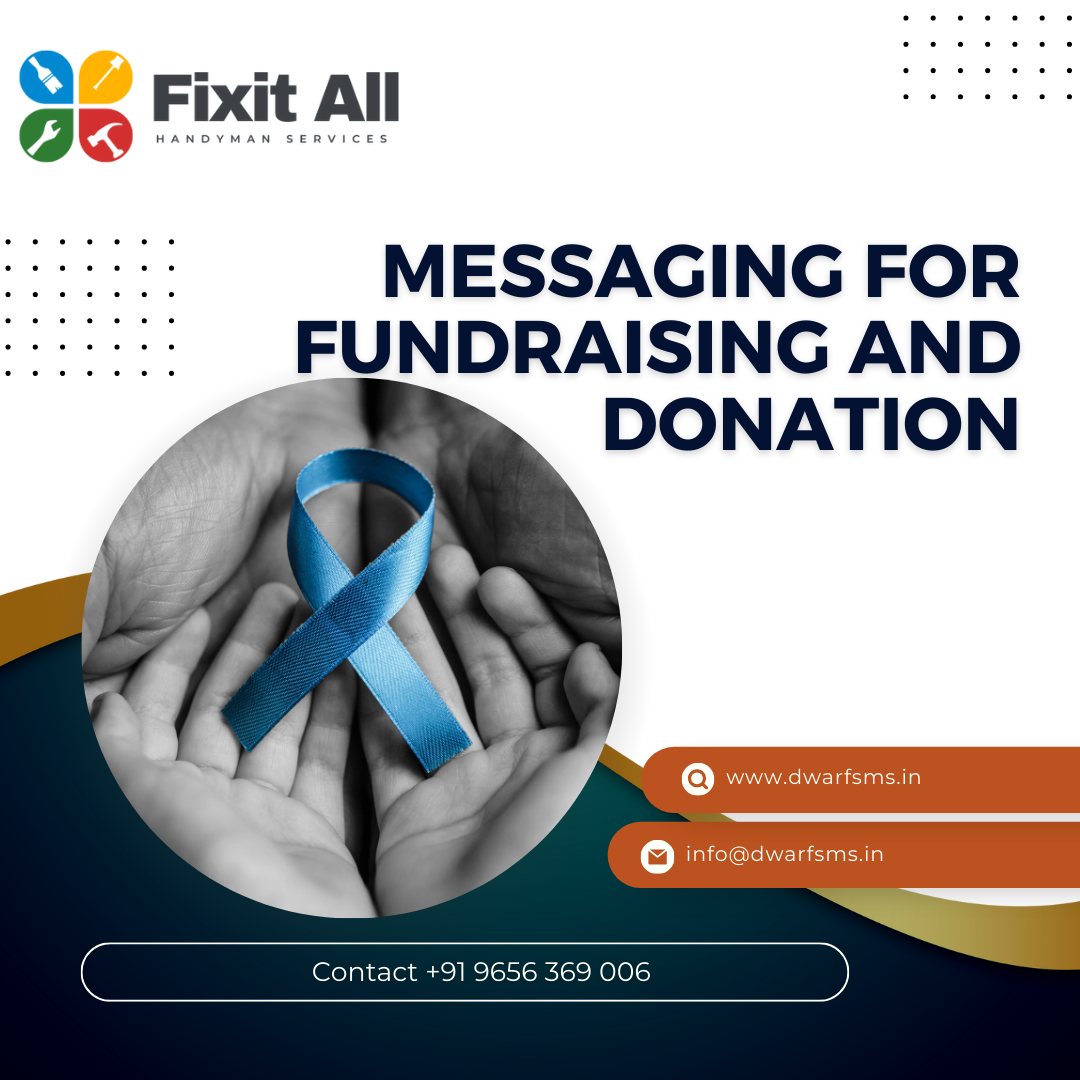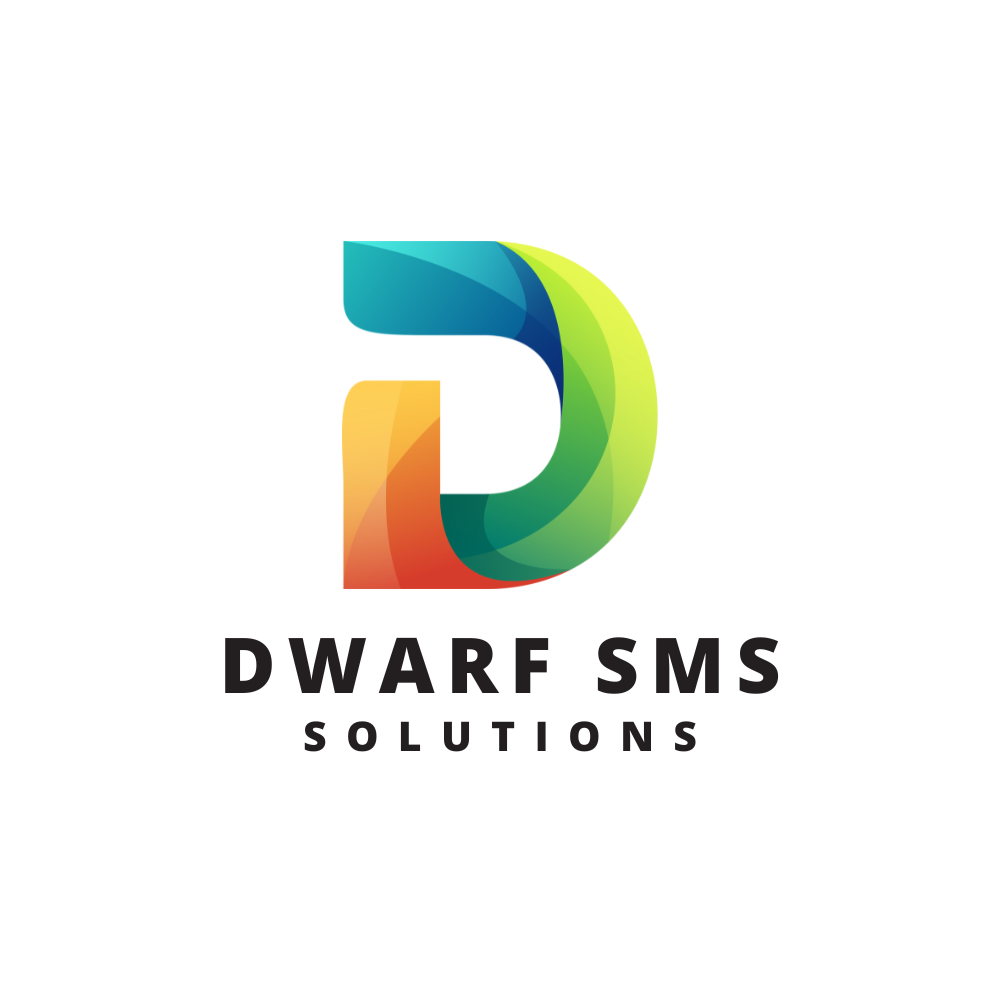
Messaging for Fundraising and Donation Campaigns: Strategies for Success
1. Understand Your Audience
Before crafting any message, it’s essential to understand who you are communicating with. Consider the demographics, interests, and values of your target audience. Are you addressing long-term supporters, potential new donors, or corporate sponsors? Tailoring your message to different segments can increase its impact.
2. Craft a Compelling Story
People connect with stories, not statistics. Share a powerful narrative that highlights the purpose of your campaign. Whether it’s about a person whose life was changed by your organization or a community project that needs funding, storytelling can evoke emotions and motivate people to donate.
Elements of a Good Story:
- A relatable protagonist: Someone the audience can empathize with.
- A challenge: A problem that needs solving.
- A solution: How the donation will help overcome the challenge.
- A call to action: Encouraging the audience to contribute.
3. Use Clear and Concise Language
Your message should be easy to understand. Avoid jargon and keep sentences short and to the point. Donors should be able to grasp the importance of your campaign quickly and know exactly how they can help. Clarity breeds confidence and can make potential donors more comfortable with giving.
4. Highlight the Impact
Donors want to know how their contributions will make a difference. Clearly explain the impact of their donation, whether it’s providing meals, funding education, or supporting medical care. Use specific examples and, if possible, quantify the impact to give donors a clear picture of what their money will accomplish.
5. Create Urgency
Creating a sense of urgency can drive quicker action. Limited-time matches, deadlines, or urgent needs can prompt people to donate sooner rather than later. Phrases like "Only 24 hours left to double your impact!" or "Help us reach our goal by midnight!" can motivate donors to act immediately.
6. Leverage Multiple Channels
To reach a broader audience, utilize various communication channels, including email, social media, SMS, and direct mail. Each platform has its strengths, and your messaging should be adapted to fit the format and audience of each channel. For example, SMS might be more direct and urgent, while social media can be more visual and engaging.
7. Personalize Your Messages
Personalization can significantly boost engagement. Addressing donors by their first names, referencing their past donations, or tailoring messages based on their interests can make your communication feel more personal and relevant. People are more likely to respond to messages that feel directly addressed to them.
8. Use Strong Calls to Action
A strong call to action (CTA) is crucial. Whether it’s "Donate Now," "Join Us in Making a Difference," or "Support Our Mission Today," your CTA should be clear, compelling, and easy to follow. Consider using buttons in digital communications to make the donation process as straightforward as possible.
9. Show Gratitude
Always acknowledge and thank donors for their contributions. Showing gratitude not only strengthens your relationship with current donors but also increases the likelihood of future donations. A heartfelt thank-you message, personalized notes, or recognition on your website can go a long way in making donors feel appreciated.
10. Analyze and Optimize
After your campaign, analyze the results to see what worked and what didn’t. Look at metrics such as open rates, click-through rates, and donation amounts to identify successful strategies. Use this data to optimize future campaigns, ensuring each one is more effective than the last.
Conclusion
Messaging is a powerful tool in fundraising and donation campaigns. By understanding your audience, crafting compelling stories, and using clear, impactful language, you can inspire action and drive donations. Remember to personalize your communications, create urgency, and express gratitude to build lasting relationships with your donors. With the right messaging strategies, your fundraising efforts can reach new heights of success.

